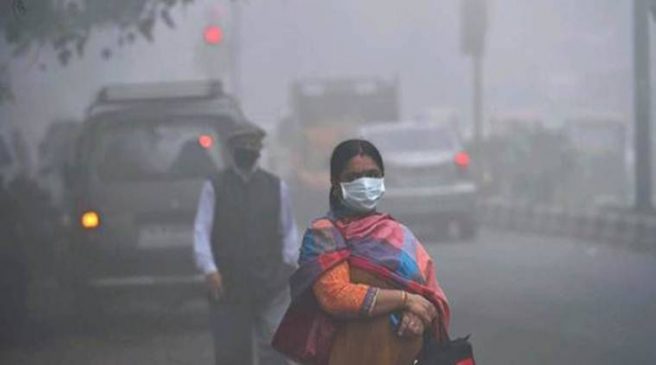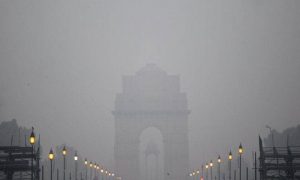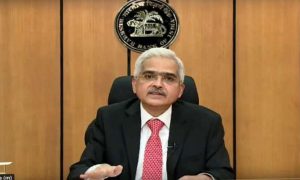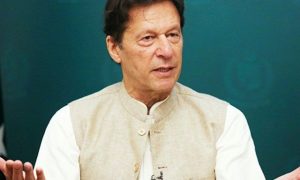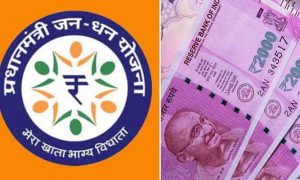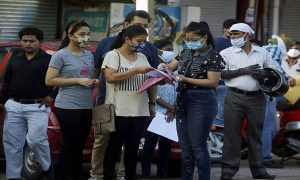Forecasters predicted no respite at least till November 21. Delhi’s AQI has remained ‘severe’ in the last six days, and touched an alarming 492 on Monday
Delhi’s severe air pollution sparked concerns at the ongoing UN Climate Summit in Baku, where climate experts declared it a “health emergency”. The pollution has spiked to dangerous levels in the national capital, blanketing the entire city in a thick smog.
The daily air quality index (AQI) in Delhi has remained ‘severe’ for six consecutive days. It clocked 414 on November 13 and rose to an alarming 494 (severe+) on November 18 (Monday) posing a serious health risk to the city’s 33 million residents.
Forecasters at Indian Institute of Tropical Meteorology (IITM) Pune predicted no respite in the coming days, with the national capital region (NCR) likely to experience ‘severe’ AQI at least until November 21.
Drawing attention to the complexity of Delhi’s toxic smog on the sidelines of COP29, Aarti Khosla, director, Climate Trends, said a single source of pollution is not driving the crisis, but many.
“There are many – black carbon, ozone, fumes from fossil burning and farm fires. This calls for multidisciplinary solutions. As temperatures drop in a La Nina year, the wind circulation has also been quite poor leaving pollutants to hang in the air for a long time,” she said, highlighting its severe impacts on overall health.
Read More: Commuters can now book Namo Bharat, Metro QR tickets simultaneously
Health and climate experts raised concerns over the impact of fossil fuel emissions on humans during a side event at the ongoing summit, which began the second week with ‘Health Day’. Healthcare workers demanded stronger action against these emissions, which have not just worsened climate change but made people more sick due to rising pollution in different parts of the world.
STRONG ACTION AGAINST FOSSIL FUELS
The previous UN Climate Summit in Dubai ended with a call to transition away from fossil fuels; however, there has been dismal progress since. Experts pointed out that countries are dragging their feet when the lives and health of millions are at risk, and South Asia’s air pollution crisis is a grim reminder of what is at stake in COP29.
Recent studies have pointed out how vehicular emissions remain Delhi’s biggest polluters. A source apportionment study by IIT Kanpur showed that during winter, when the city is gripped by smog and the share of dust reduces to less than 15 per cent, the share of vehicles to the overall pollution increases even more.
Read More: Govt Likely To Extend RBI Governor Shaktikanta Das’ Term For Second Time: Report
NO RESPITE FROM SEVERE AQI THIS WEEK
In Delhi, meanwhile, experts highlighted that the air pollution requires year-round attention and long-term policy solutions for each contributing sector. Priyanka Singh, Programme Lead, Council on Energy, Environment and Water (CEEW), said the dense fog conditions have reduced the mixing layer height – the level at which pollutants mix vertically in the air leading to accumulation of pollutants near the ground.
The fall in day-time temperatures in Delhi this week has further aggravated pollution levels, with the mercury settling around 23 to 25 degrees Celsius – it was about 4 degrees Celsius below-normal on Monday.
“The authorities must strictly ensure the implementation of CAQM’s (Commission for Air Quality Management) orders, such as banning trucks and commercial vehicles with older emission standards and construction activities,” she added.
The AQI remained ‘severe’ (over 400) in adjoining Noida and Ghaziabad as well. The Stage IV of the Graded Response Action Plan (GRAP) remains enforced across Delhi-NCR. The emergency response measures also urge people to reduce unnecessary commutes, reduce outdoor activities, and protect themselves from exposure to air pollution by wearing masks.

